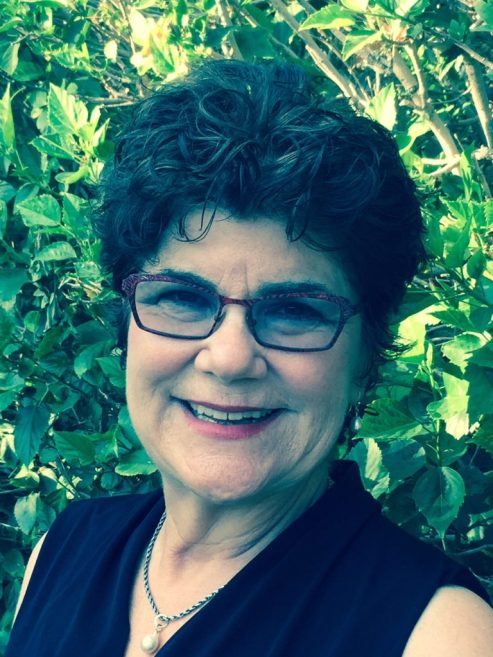
Rabbi Sue Levi Elwell is the coeditor of The First Fifty Years: A Jubilee in Prose and Poetry Honoring Women Rabbis, available from CCAR Press. In this post, she reflects on the editing process, her personal path to the rabbinate, and the many meaningful contributions of women rabbis.
Tell us about the process of coediting this book.
I was honored and delighted when Rabbi Hara Person, CCAR Chief Executive, approached me about partnering with her on The First Fifty Years, and was pleased to have the opportunity to work with the talented Jessica Greenbaum as well. I have been blessed to spend my rabbinate exploring—and living—the feminist transformation of Judaism, and collaborating with others on several other books that open new doors to Jewish text and practice.
Collecting and reading the powerful submissions of colleagues who serve in a range of leadership roles was a delight. I learned from each essay, and was moved and lifted up by my colleagues’ thoughtfulness, their insights, their resilience, and their courage. And because we asked for brief essays, the process of editing was a pleasure. As all writers know, it is a greater challenge to write a succinct piece than a longer one, and as editors we benefited from our contributors’ efforts to submit short, well-crafted pieces.
How did you decide to become a rabbi?
I graduated from college in 1970, and to continue my Jewish learning, I moved to Boston to pursue an MA in Contemporary Jewish Studies at Brandeis. A world of intense Jewish life opened for me there; I joined the Zamir Chorale, became a regular davener at Havurat Shalom, joined the editorial staff of Response magazine, and immersed myself in a vibrant, if male-centered, Jewish counterculture. But this was before any of us knew that women could be rabbis! Several years later (1976 or 1977), as the program director at Indiana University Hillel in Bloomington, I met Rabbi Sandy Sasso, the first woman to graduate from the Reconstructionist Rabbinical College. As she spoke to our students, I thought, I can do this! I designed a course on Jewish women’s history for the university, and traveled to the HUC-JIR library in Cincinnati to search for resources to teach the course. Was my moment of revelation standing at the card catalog, thumbing through the small wooden box of cards under the heading “Women”? I don’t remember how the light shone through the library windows that day, but I think I knew then—I belong here.
I completed my doctorate, was accepted at HUC-JIR, and moved to Cincinnati in the fall of 1981 to study intensive Hebrew at the College. My second daughter was born in December, and in September 1982, I joined my classmates as a second year student.
What contributions have women made to the rabbinate?
I think that we have taken the feminist dictum of the late 1960s, “the personal is political,” and expanded it. The College, and the American Jewish world, was not ready for us. Our school had few women’s bathrooms! Many of us felt invisible—or worse, targeted by male professors and mentors who could not see beyond the oppressive patriarchy and overt and covert sexism and homophobia of our texts, and thousands of years of interpretation and practice.
Five decades after Rabbi Sally Priesand smashed the glass ceiling of male rabbinic hegemony, we have challenged and changed both the face and the body of Judaism. We bring our full selves to our work, to our families, to our communities, to our world. We claim kol ishah as a chorus of diverse voices that include many who had not felt heard or seen by the Jewish community. We women rabbis are powerful preachers, scintillating scholars, compassionate comforters, and creators of transformative rituals and liturgies. We build and sustain community with vision and humor. We challenge and comfort, we cajole and console. We are rich and varied.
It is a privilege to be among the pioneers. May we continue to learn from and delight in those who are now shaping the future!
Rabbi Sue Levi Elwell, PhD, serves as Spiritual Director at Hebrew Union College–Jewish Institute of Religion. She is the editor of The Open Door: A Passover Haggadah (CCAR Press, 2002) and coeditor of The First Fifty Years: A Jubilee in Prose and Poetry Honoring Women Rabbis (CCAR Press, 2023).























